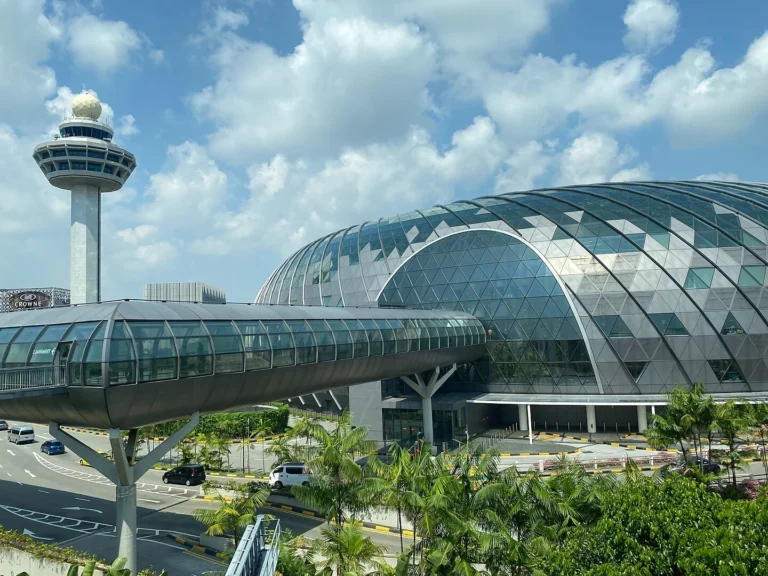As air travel soars in the post-pandemic era, Asia is once again proving itself as a leading international and regional aviation hub.
From the financial center of Singapore to the tropical gateways of Indonesia and the Philippines, and elsewhere across Southeast Asia, airports all across the region have been recording rising passenger traffic in early 2025.
Based on passenger volume for the latest available month in 2025, here are the 10 busiest airports in Asia and what makes them stand out.
Busiest Airports in Southeast Asia

1. Singapore Changi Airport (SIN)
With 3.59 million passengers in May, Singapore Changi Airport has reclaimed its position as Asia’s busiest airport. Changi’s strength lies in its unmatched connectivity, passenger experience, and the strategic location of Singapore as a gateway between the East and the West.
Post-COVID, Singapore’s aggressive reopening plan and aviation relief measures helped airlines regain capacity with speed. Flag carrier Singapore Airlines, along with low-cost subsidiaries Scoot and Jetstar Asia, has rebuilt networks across Asia, Europe, and Australia.
With travel demand from India, China, and Australia recovering strongly, Changi is profiting as an important transit point.
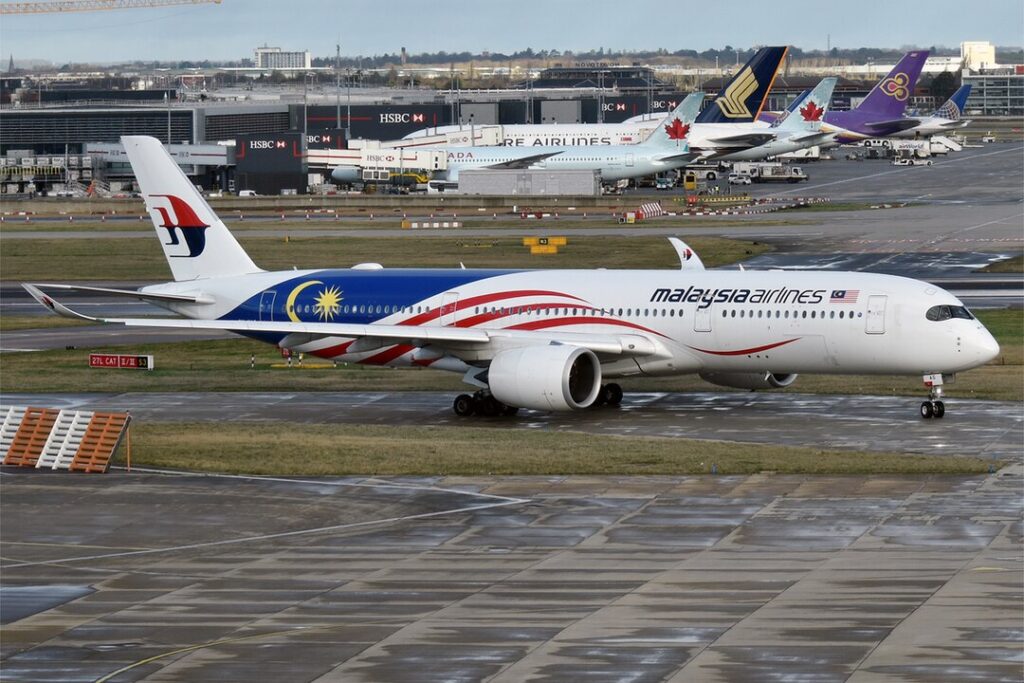
2. Kuala Lumpur International Airport (KUL)
Kuala Lumpur International Airport follows closely with 3.23 million monthly passengers. Its comeback is driven primarily by Malaysia Airlines, AirAsia, and Batik Air Malaysia, which have all reinstated high frequencies across Southeast Asia and South Asia.
KUL is re-emerging as a low-cost transit hub with a cost advantage, especially for low-cost carriers. Continued infrastructure improvements at KLIA1 and KLIA2, along with Malaysian outbound demand growth and inbound tourist growth from China and the Middle East, are driving steady growth.
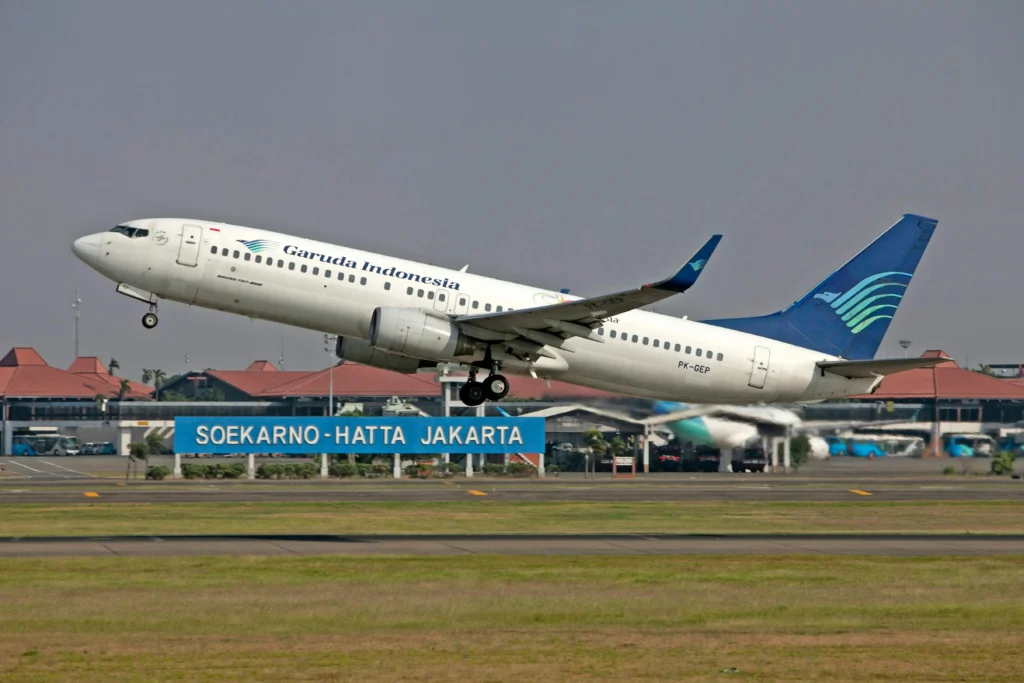
3. Jakarta Soekarno-Hatta International Airport (CGK)
Indonesia’s main international gateway, Jakarta Soekarno-Hatta Airport, ranks third with 3.14 million passengers. As the main air gateway to the capital and base of Garuda Indonesia, Citilink, Lion Air, and Batik Air, CGK is assisted by robust domestic travel and slowly rebounding international demand.
Indonesia’s vast geography continues to make air travel a necessity. With the country’s economy expanding and tourism now recovering, especially from China and Australia, CGK is handling more transit and point-to-point traffic than ever.
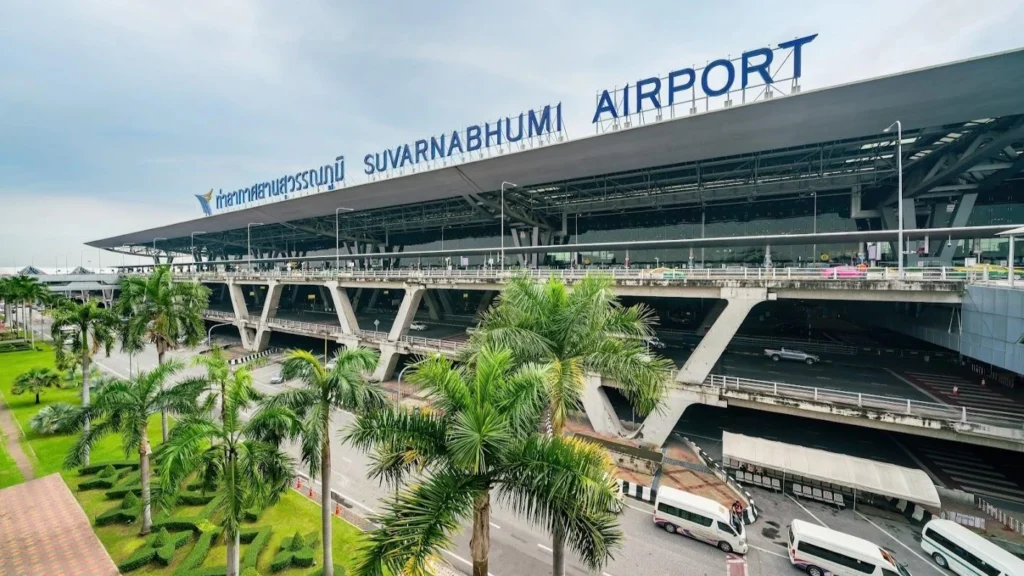
4. Bangkok Suvarnabhumi International Airport (BKK)
Bangkok’s main airport handled 3.11 million passengers this month, ranking fourth. Suvarnabhumi Airport is at the center of Thailand’s thriving tourism industry, which in 2025 has seen a strong return of travelers from China, Russia, and Europe.
Thai Airways, along with Thai VietJet and other regional carriers, has ramped up operations on the back of robust demand.
In addition, the airport’s location in Southeast Asia is convenient for its role as a regional connector, and improvements to immigration clearance and terminal facilities are enhancing the passenger experience.
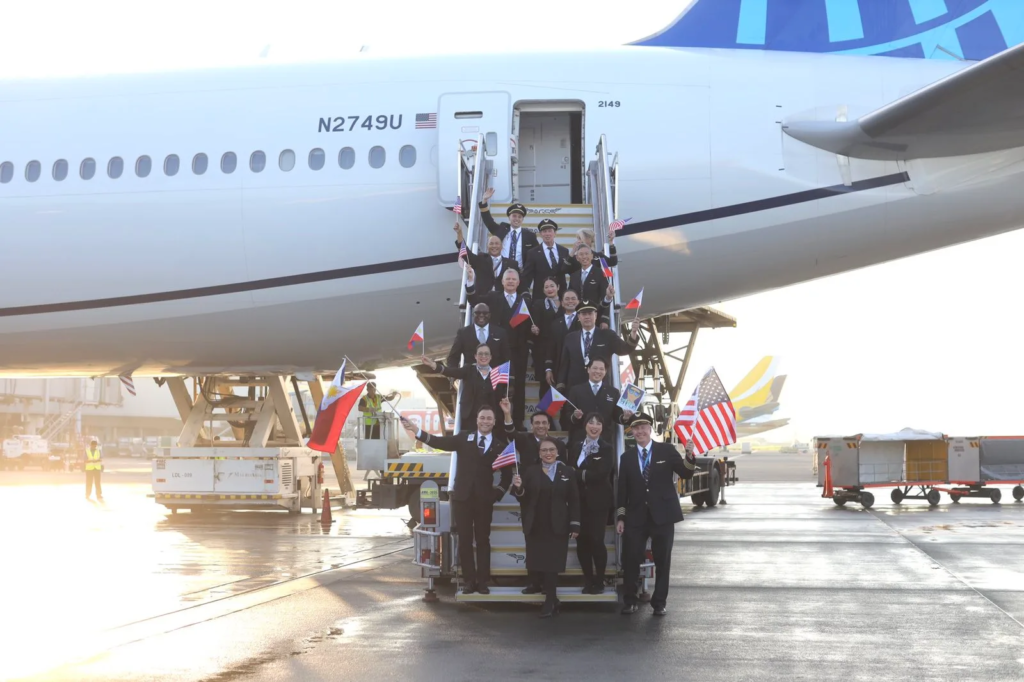
5. Manila Ninoy Aquino International Airport (MNL)
With 2.78 million passengers in May 2025, Manila NAIA remains one of the busiest airports in Southeast Asia.
The Philippines’ huge and growing population and strong remittance-driven economy are the engines of a massive base of overseas Filipino workers (OFWs) who shuttle back and forth repeatedly within Asia, the Middle East, and North America.
Philippine Airlines, Cebu Pacific, and AirAsia Philippines each maintain high international and domestic frequency levels. Continued travel demand and recent bilateral agreements are maintaining volumes in spite of NAIA’s long-standing congestion issues.
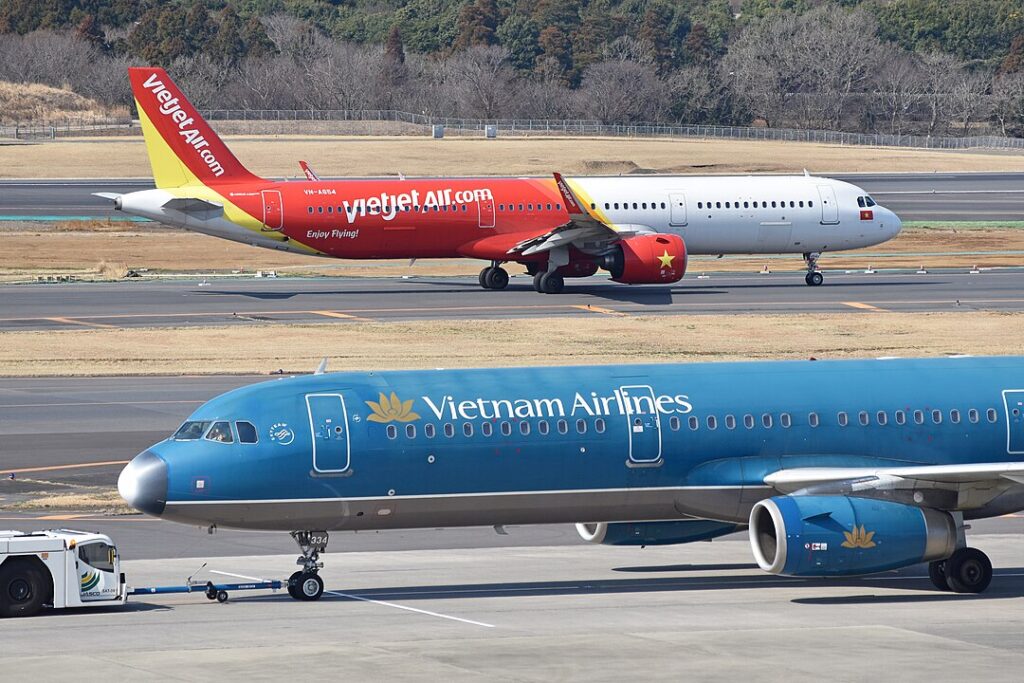
6. Ho Chi Minh City (SGN)
Vietnam’s largest city, Ho Chi Minh City, served 2.24 million passengers in the latest count, reflecting its expanding role as an aviation hub.
Tan Son Nhat International Airport serves as the home of Vietnam Airlines, VietJet Air, and Bamboo Airways, all of which have aggressively expanded their domestic and regional flights.
The economy of the city and the booming tourism industry are fueling outbound and inbound demand. Yet with capacity limits looming, Vietnam is pushing ahead with the development of the new Long Thanh International Airport, which will eventually replace Tan Son Nhat as the main international hub.
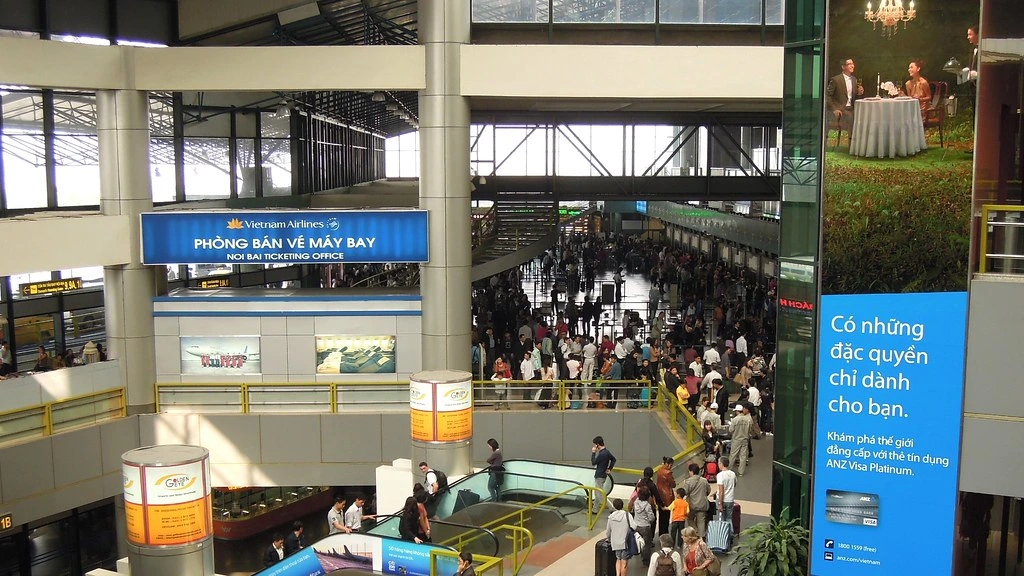
7. Hanoi (HAN)
The capital city of Vietnam, Hanoi, ranks seventh with 1.78 million passengers. Like Ho Chi Minh City, it benefits from a vibrant domestic market and expanding regional connectivity.
Noi Bai International Airport serves as a secondary hub for Vietnam Airlines and is increasingly attracting international carriers.
Business travel, students going abroad, and incoming tourism from Korea and Japan are driving figures upwards. With government support for infrastructure growth, Hanoi can anticipate even greater increases in the future.

8. Bangkok Don Mueang International Airport (DMK)
Bangkok’s second airport, Don Mueang, handled 1.65 million passengers, ranking eighth. It serves as the primary base for low-cost carriers such as Thai AirAsia and Nok Air, and is heavily focused on regional short-haul traffic.
Don Mueang’s comeback highlights Southeast Asia’s low-cost travel boom, driven by Thai travelers and tourists from surrounding countries.
Despite having older facilities than Suvarnabhumi, DMK remains an integral component of Bangkok’s dual-airport system.

9. Denpasar–Bali Ngurah Rai International Airport (DPS)
Bali’s Ngurah Rai Airport handled 1.31 million passengers, ranking ninth. One of Asia’s most famous leisure destinations, Bali has seen international traffic, led by Australia, India, and Europe, return with a vengeance.
Tourism drives Bali, and with a strong rebound in inbound travel and additional direct flights from new markets, DPS is booming. Airlines such as Garuda Indonesia, Jetstar, AirAsia, and Batik Air have all ramped up operations to meet seasonal demand.
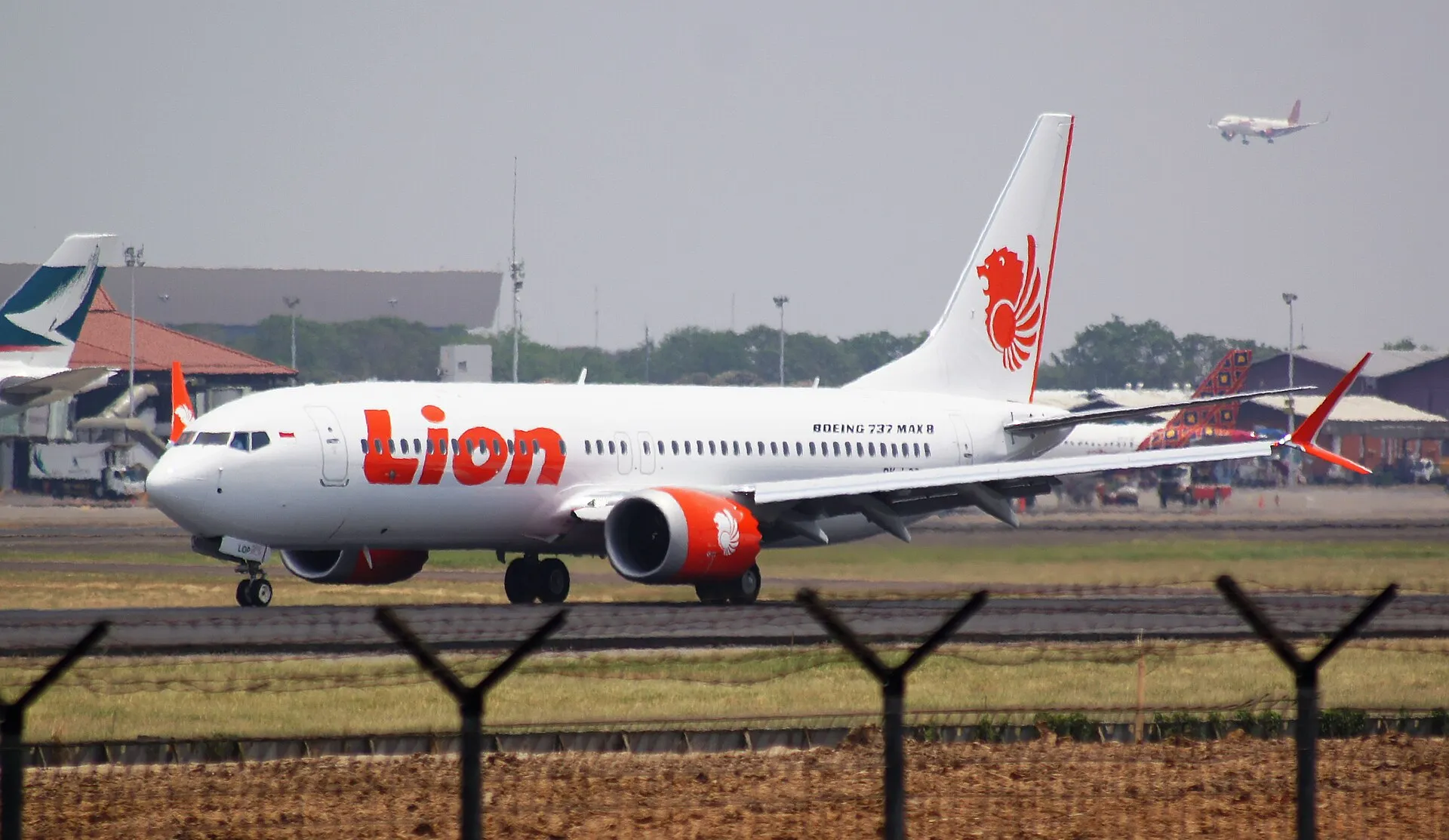
10. Makassar Sultan Hasanuddin International Airport (UPG)
Rounding out the list is Makassar Airport with 979,000 monthly passengers. Located in South Sulawesi, Makassar serves as a crucial domestic hub in Eastern Indonesia.
It is a major base for Lion Air and Wings Air, supporting flights to secondary and tertiary cities.
The role of Makassar is that of a regional hub, not a major international gateway. As the government increases investment in infrastructure and demand from surrounding regions rises, UPG continues to expand steadily in the middle of Indonesia’s complex aviation ecosystem.

Asia’s Aviation Boom: Centered in Southeast Asia
What’s most striking about the busiest asian airports is the dominance of Southeast Asian airports, which occupy all of the top 10 spots.
While traditionally strong markets like China and Japan rebuild international capacity and contend with more restrictive regulatory regimes, Southeast Asia has pressed on with open skies, low-cost carriers, and tourist-friendly policies.
As we further proceed into 2025, airports across the region are investing in terminal upgrades, digital traveler services, and capacity expansion to manage the resurgence of high volumes.
The current rankings not only highlight where travelers are going, but also which cities are shaping the future of air travel in Asia.
Stay tuned with us. Further, follow us on social media for the latest updates.
Join us on Telegram Group for the Latest Aviation Updates. Subsequently, follow us on Google News.

